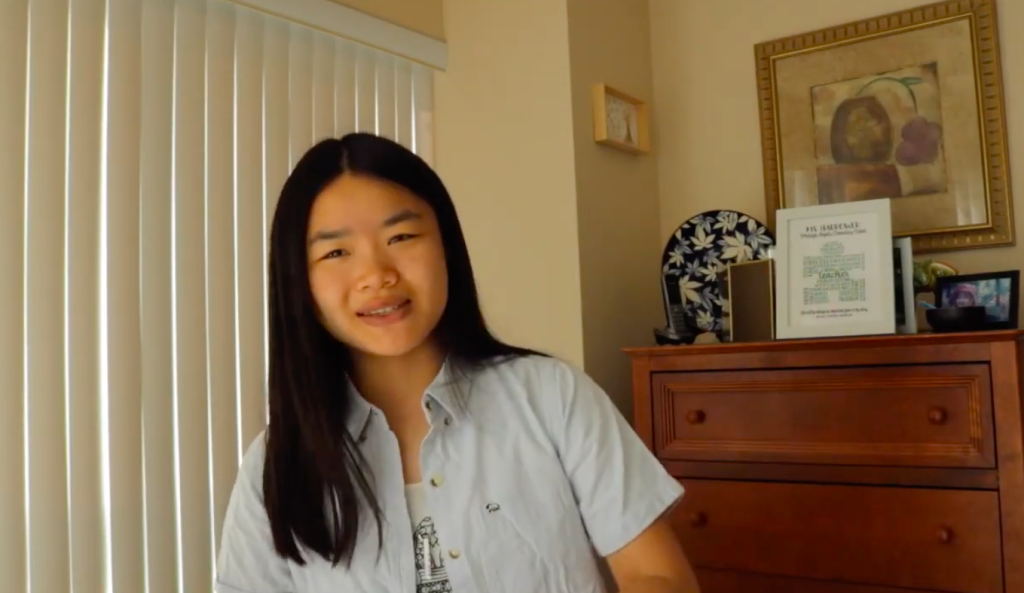
Which hybrid work model is right for your client?
October 24, 2022
How to help your clients navigate the trauma of racism in the workplace
October 24, 2022This experiential learning opportunity can help students broaden their horizons after two years of pandemic learning
Michelle Dittmer

While the pandemic highlighted some of these challenges, the trend toward focusing on academic achievement over engaging in a variety of experiences has been developing for a while. At the Canadian Gap Year Association, students taking gap years (“gappers”) have noted trends of feeling compelled to choose the full repertoire of STEM courses over co-op experiences and pressure to build “med-school-ready” resumes. With a rightful focus on equity, diversity, inclusion and accessibility, many schools lack funds and resources to create financially and culturally accessible experiential learning. To complicate things further, increased liability concerns limit longer and more intensive programming such as school trips or overnight experiences.
Reflecting on the high school experience rarely brings about memories of balancing chemical equations or reading Hamlet. The formative teen years rely on novel experiences to broaden ideas, get exposure to new concepts and people, make memories and form lifelong connections. Without these experiences widely available, students are learning and developing in a much narrower ecosystem while the world continues to become more complex and globalized.
“The formative teen years rely on novel experiences to broaden ideas, get exposure to new concepts and people, make memories and form lifelong connections.”
One antidote that expands young people’s horizons is to take a gap year – to push pause intentionally on formal education to learn more about themselves, the world around them and how they see themselves contributing to a complex future. A gap year supports foundational skills development through any combination of working, volunteering, travelling and project work. In other words, a gap year is experiential learning and career development work. While some may dismiss a gap year as wasted time or a detour off the proven track to success, they actually support physical and mental well-being and help young people develop passions and interests that provide clarity for their life’s next steps.

A screenshot from a YouTube video in which CanGap Ambassador Claire talks about her year living and working in the UK.
Exploring the gap year
Long gone are the days of a gap year being strictly the domain of affluent youth strapping on a backpack and travelling Europe for a year or “helping in Africa” (although travel and service are still part of the equation). Instead, 2021 gappers in CanGap’s network focused on their mental health, bought their immigrant parents a house, started a vegan bakery, ran non-profit organizations, secured substantial scholarships, worked and travelled in the UK while taking courses on social media management, and worked with the mayor of Toronto.
While these are the newsworthy undertakings, many other gappers share how their experience-focused gap years allowed them to overcome burnout, build confidence, make a more informed decision about their academic pathway and become more financially stable – all core components of stepping into their desired futures and entering adulthood feeling more prepared and balanced.
Students often want to take a gap year but are frequently met with barriers such as societal expectations to continue education through to post-secondary graduation, pressure to progress alongside their peers, cultural norms that don’t include gap years and a strong desire to not disappoint their parents. Parents, educators and advisors can be a powerful gateway to students realizing their gap year goals.
Read more on youth career development
How to help parents help kids with career decisions
Articles and organizations to support students considering a gap year
The scary ‘C-word’ in high schools
How to be a gap year influencer:
- Normalize non-linear pathways after high school: While all post-secondary pathways are valuable, students and parents are still heavily influenced by the antiquated hierarchy of post-secondary choices, which puts gap years at the bottom as a “failure to make it” to the more desired options.
- Share more stories: Invite gap year alum or gap year professionals to come speak with your young people so that they can learn what possibilities are before them. The US-based Gap Year Association’s 2020 Alum Survey stated that students’ biggest barrier to taking a gap year was deciding what to do during their year.
- Talk about post-gap year transitions: A gap year is a break from being a full-time student in a traditional classroom. Parents may feel more comfortable and students can be better positioned to enjoy their gap time when they understand how to navigate the transition out of their gap year into the next phase of their lives (trades, further studies, workforce, military, etc.) up front.
- Set up a gap year plan: There is a difference between a purposeful gap year and spending the year on the couch. Designing a year’s worth of experiences that push the gapper closer toward their goals is the key to a successful gap year.
Tips for planning an effective gap year
The non-profit Canadian Gap Year Association’s role is to help students and families decide whether a gap year is the right fit, and then give them the tools and support to make their gap time purposeful. The recommendations below are based on 15+ years supporting Canadian gappers, and all links are to free resources that expand on the bullet points.
- Define goals: Look at three main categories: personal, strategic and fun. Having well-balanced goals will help set the intentions for the year and factor in personal needs, future planning and the need to have a good time while doing it! Once goals are established, decisions about the types of activities to pursue becomes much clearer and less overwhelming.
- Set expectations: Discuss expectations as a family. Having everyone on the same page at the start of the year will reduce conflict and ensure that everyone understands the parametres for the gap year (budget, acceptable activities, rules about living at home, etc.) and expectations surrounding what happens at the end of the gap year.
- Research options: Did you know that most activities for a gap year are not found by googling “gap year”? The possibilities include internships, volunteer opportunities, jobs, clubs, hackathons, courses, passion projects or starting a business. All can be done within Canada or abroad. There is also a wide variety of designated gap year programs to choose from as well.
- Track progress: As the year unfolds, find opportunities to document the learning that takes place, the skills that are developed and the networks that are being built. This can be through journalling, conversations with a mentor, developing a gap year portfolio or however the gapper processes information. CanGap offers a micro-credential, The Student of Leadership and Humanity Award, that supports reflection on experiences and making connections to future scenarios.
A gap year is experiential learning. It compliments and augments classroom learning. Gap years expose students to new situations, provide immediate and relevant feedback on career options, and allow students to discover or showcase knowledge and talents that might not get exposed in the classroom.
Let’s celebrate the gap year pathway as a wise choice that supports personal and professional growth and add it to our toolkits for supporting positive youth development.
Combining youth’s need for experiential learning and developing reflective and values-aligned practices, Michelle Dittmer, an educator, founded the Canadian Gap Year Association as a solution to mental health, lack of clarity and the skills gap.

